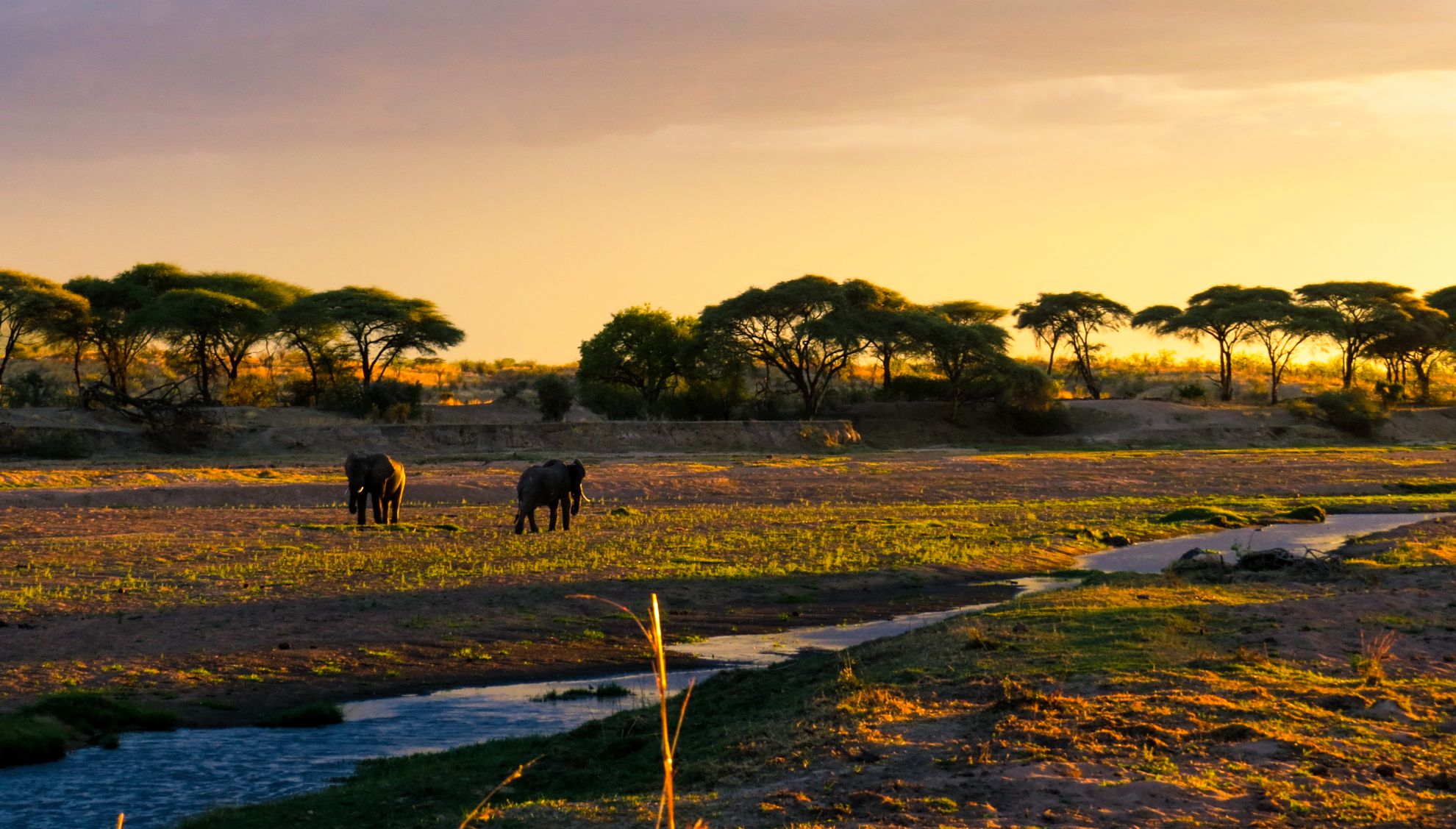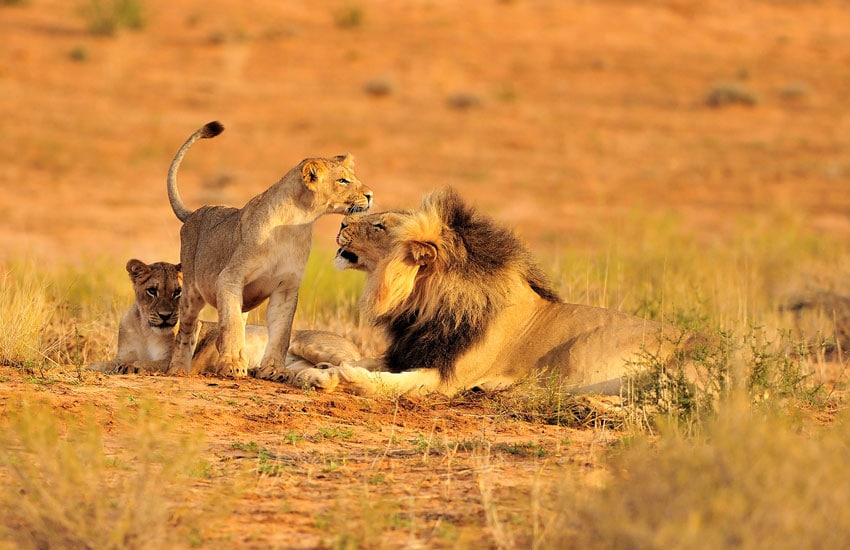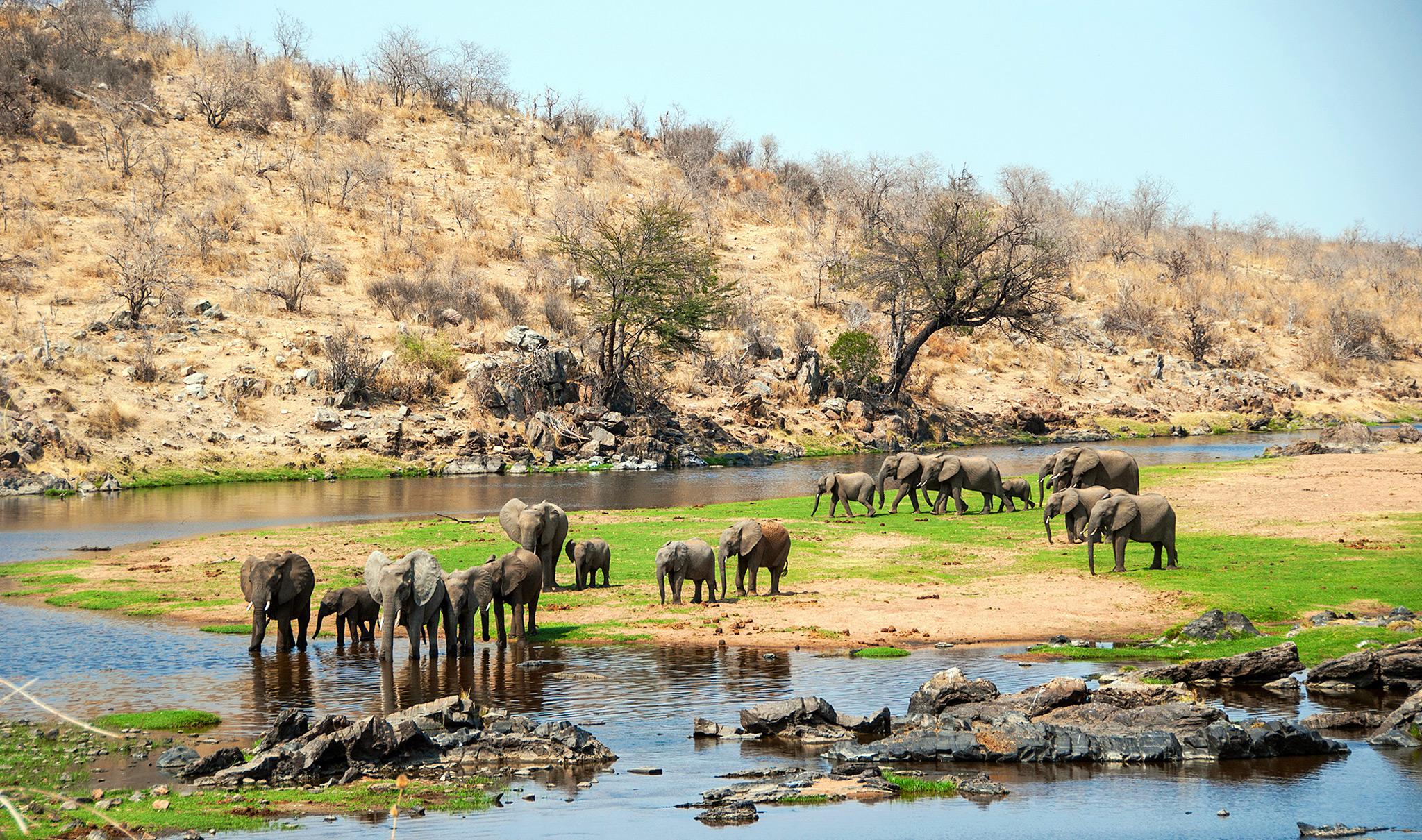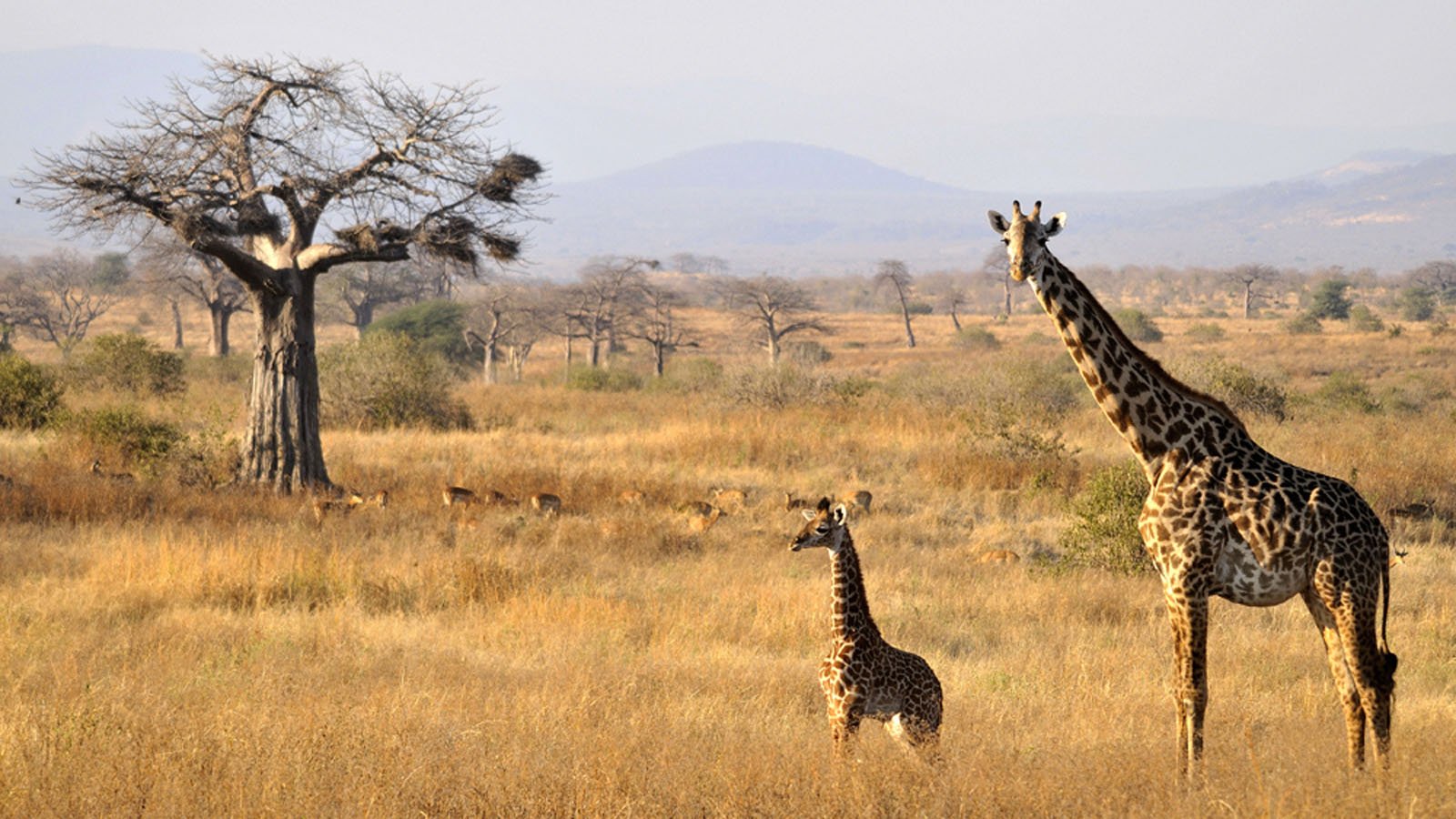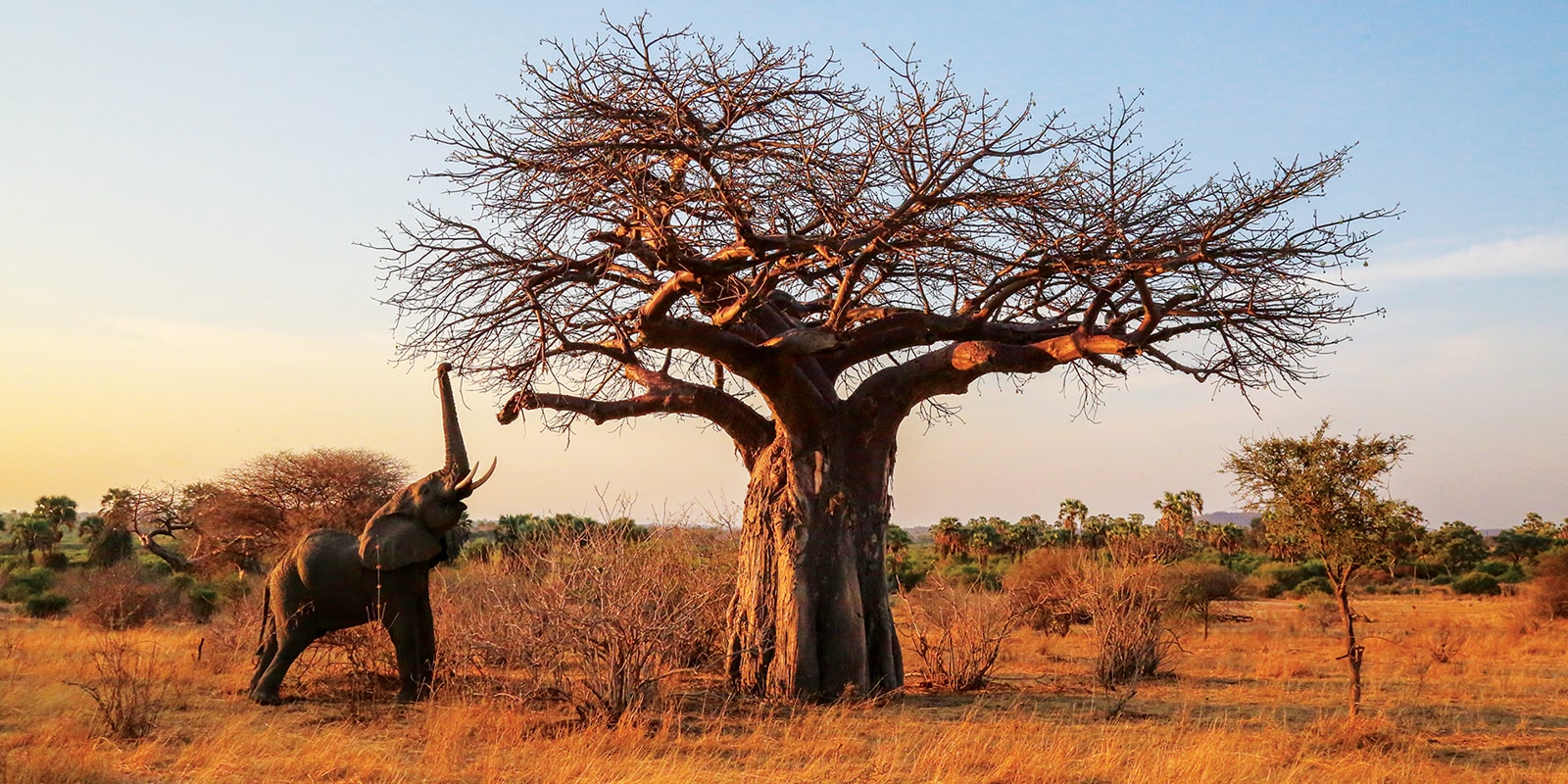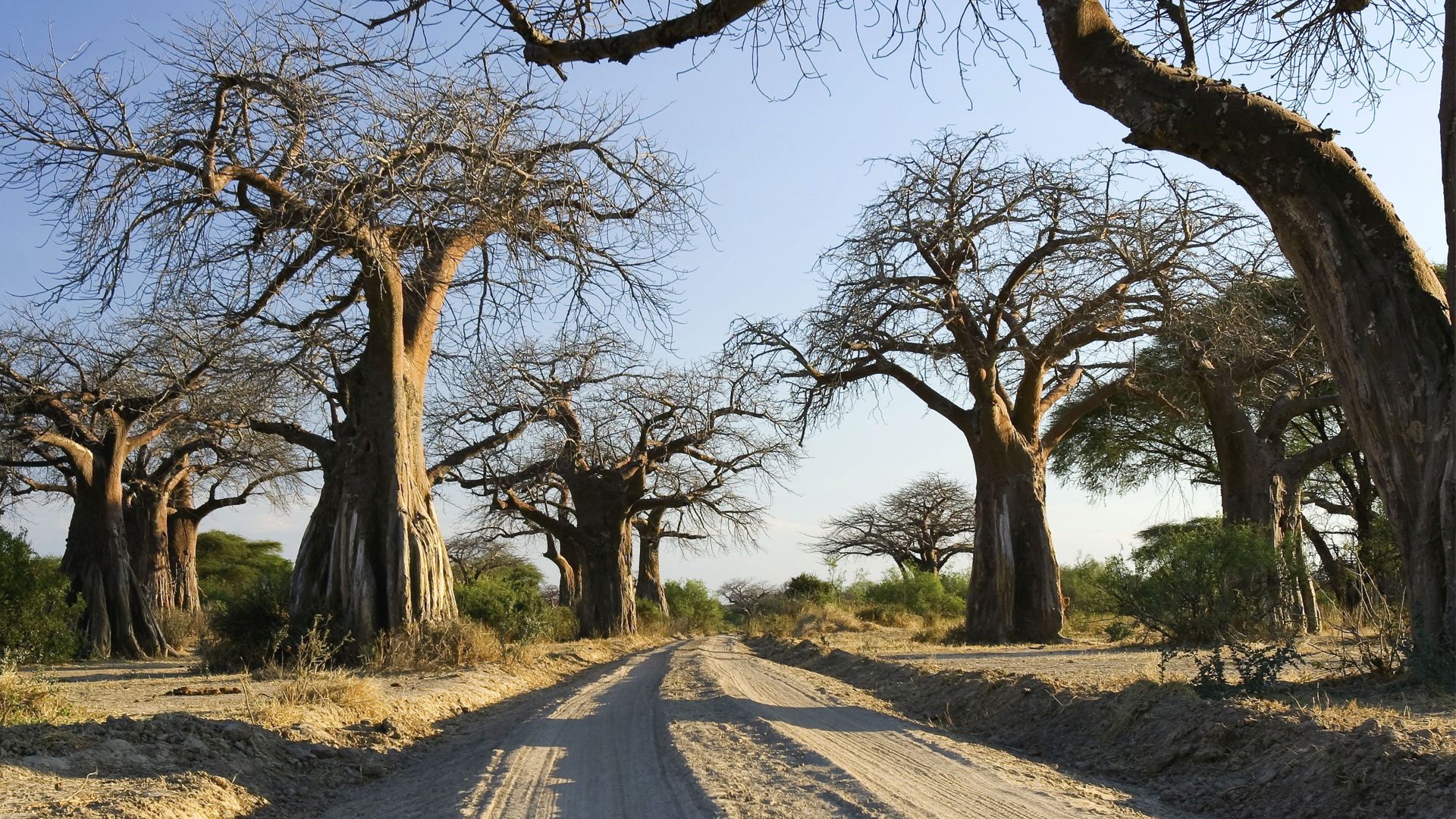Ruaha National Park is Tanzania’s best-kept safari secret—wild, vast, and teeming with life. Tucked away in the heart of the country, this untamed wilderness is the largest national park in East Africa, yet one of the least visited, offering an exclusive and intimate safari experience for true nature enthusiasts.
From roaring lions to mighty elephants and dramatic baobab-studded landscapes, Ruaha is a raw and authentic African safari destination where you won’t be stuck in traffic with other jeeps. If you’re looking for thrilling game drives, rare sightings, and soul-stirring landscapes, this is the place.

